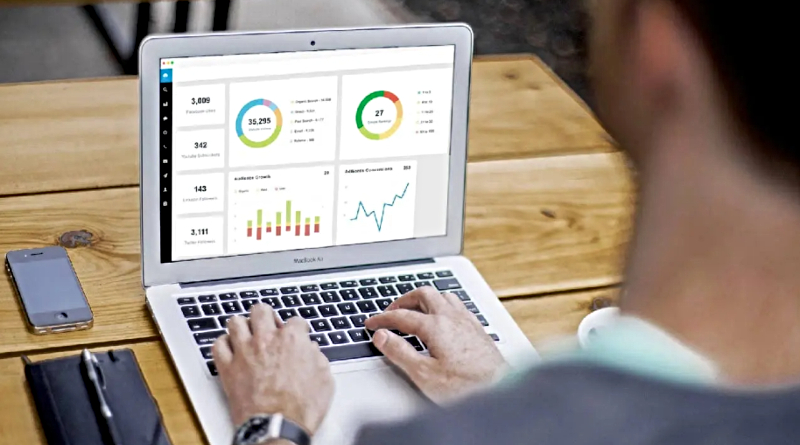Tips for Implementing a Self-Service Reporting Solutions
The digital era has ushered in a new approach to data analysis. Self-service reporting solutions provide organizations, irrespective of their size, the ability to collaboratively analyze and visualize data that drives decision-making. It is a vital tool for those aiming to delve into analytical insights without needing a vast knowledge of database management.
Also Checkout:
Essential Tips for Self-Service Reporting Solutions
Let’s dive into exploring essential tips for successfully implementing these beneficial solutions.
Understanding the Importance of Self-Service Reporting Solutions
Self-service reporting solutions offer significant benefits to businesses. They provide a platform where non-technical team members can extract business insights from organizational data. This eliminates dependency on data scientists and developers, boosting business productivity and efficiency.
Not only do well-implemented self-service reporting solutions increase business agility but also empower team members by fostering a data-driven culture. Decision-making processes are enhanced as employees get direct access to real-time data anytime, anywhere.
Moreover, self-service reporting solutions play an integral role in data democratization, improving overall business intelligence. It keeps information from being siloed and makes data more accessible throughout your organization. This accessibility promotes data literacy, a key component in modern businesses.
Nevertheless, understanding the value of self-service reporting is the first step. To get the most out of these solutions, one must also focus on appropriate implementation.
Choosing the Correct Self-Service Reporting Tool: Essential Features To Consider
When selecting a self-service reporting tool, it’s imperative to look for specific features that align with your business needs. A well-designed user interface and robust data visualization capabilities are necessities. These features enable users to intuitively use the tool and generate meaningful insights.
Another critical feature includes integration capabilities. The tool should seamlessly integrate with your current systems and databases ensuring uninterrupted data flow and minimal disruption in the transition.
A flexible and customizable tool is highly beneficial. In an ever-evolving business environment, the ability to adapt and meet changing needs is crucial. Also, look for scalability in a reporting solution, another key factor as your business grows and evolves.
Lastly, remember that excellent technical support is crucial. Problems may arise, and a responsive, experienced support unit can save you from potential data analysis setbacks.
A Step-by-Step Guide for Implementing Self-Service Reporting Solutions
Implementing a self-service reporting solution needs strategic planning. Begin with a clear understanding of your business goals and objectives. This clarity will guide your integration process and align it with your overall business strategy.
Next, identify primary data sources and establish clear guidelines on data access, ensuring data integrity and data security. It’s also crucial to involve stakeholders in decision-making processes regarding data utilization.
The third step involves training your employees on the functionality of the tool. Structured seminars and workshops can be useful for imparting knowledge and addressing concerns. Providing ongoing training and support will fast-track your employees’ proficiency with the new system.
Lastly, continuous evaluation is essential. Regular feedback loops and system audits can help identify potential improvements, optimizing the solution over time.
Successful implementation of Self-service reporting: Real-world Case Studies
A multitude of organizations have benefited from implementing successful self-service reporting solutions. For example, a customer relationship management (CRM) provider can improve its customer service delivery by providing real-time, accessible data to service agents, enabling prompt and effective problem resolution.
In healthcare, a hospital can utilize this solution to streamline patient data, improving patient care by reducing waiting times and improving tracking.
Large retail companies can use self-service reporting to analyze customer behavior, leading to optimized marketing strategies, improved product positioning, and increased sales.
Previously struggling with data access, a leading bank integrated a self-service reporting solution, and saw improved decision-making processes, resulting in better risk management and increased profits.
Also Checkout:
- 10 Tips on How To Improve your Solo Business project
- Top 4 ERP Software Skills Needed for ERP Professionals
Overall, the thoughtful implementation of a self-service reporting solution can significantly enhance your business operations, timely decision-making, and overall productivity. The journey may involve overcoming several obstacles, but the resulting business intelligence is well worth the effort.





